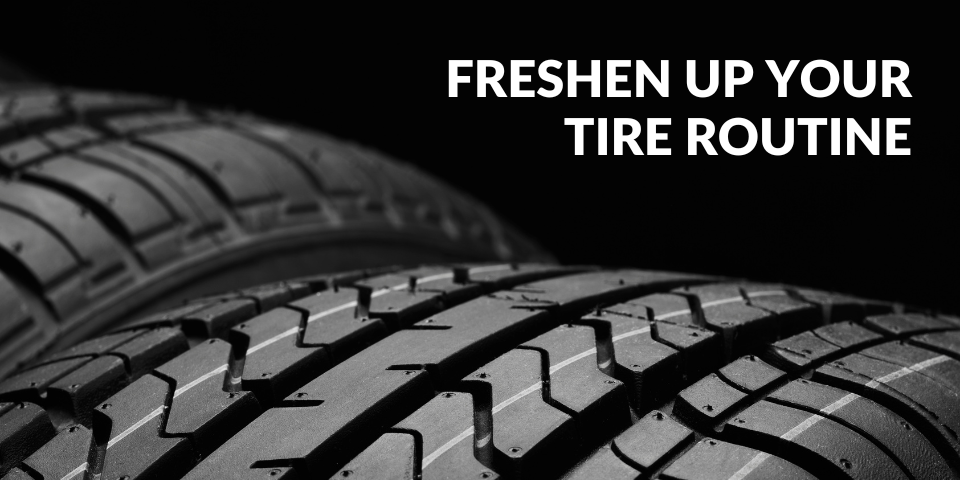Truck Topics

Freshen Up Your Tire Routine
So, we’ve closed out 2024 and ushered in a new year. 2025 seems as good a time as any to evaluate some basic truck care necessities. Specifically, taking proper care of your tires. Especially since we’ve hit the coldest and snowiest months of the season, it’s an excellent idea to be properly prepared for what weather comes your way.
Commercial truck drivers, by regulatory standards, are required to physically inspect their tires at the beginning and end of a driving shift. Not only the drivers, but fleet owners and managers alike, certainly share some obligation to look after these rotating rubber road riding appendages. Yet somehow, tires continue to come apart when out on the highway.
Blowouts cannot only cause mayhem when they burst, but now there’s a dangerous chunk of debris blocking the roadway for the other motorists. Now down about a thousand bucks for a new tire and a service call, the driver also loses roughly two to three hours of productivity. Preventing all this potential tragedy must certainly be worth at least 15 to 20 minutes of inspection time, right?
Under Pressure
It’s been reported that about 80% of roadside tire failures are a direct result of creeping air loss, also known as undetected under-inflation.
The chief cause of under-inflated tires is often a lack of basic maintenance. Tire pressures need to be checked, at an absolute minimum, on a weekly basis. With that in mind, drivers should more regularly check the pressure and put their own mind at ease before even starting their vehicle.
Pressure checks with a calibrated tire pressure gauge is really the most reliable way of ensuring tires stay properly inflated. Drivers and any fleet maintenance staff should also be up to speed on the correct inflation pressure for various tire and wheel positions.
Basic tire checks should be performed every day by drivers, with more thorough inspections being performed by maintenance staff whenever the truck comes in for a PM.
Be sure to check the sidewalls for bulges, which may indicate internal damage such as a belt separation. Also, watch for cuts in the sidewall and check for objects that could be penetrating the tire, such as nails and screws that can be picked up in yards.
No need to risk potential out-of-service situations! The tread on a tire must be at least 2/32 of an inch deep on the drive and trailer tires, and 4/32 on the steer tires. As a word of caution, DOT inspectors will often look for the lowest point on the tire tread and measure that section.
Shared Responsibility
Drivers are extremely critical to the success of any tire care program; they should be the first to notice any potential issue when they’re out on the road. However, a lot of drivers usually view tires as a maintenance issue and can often be reluctant to devote any extra time to inspecting them and keeping them properly inflated. Today, with pressure from mandatory electronic logging rules, drivers are less likely to give up additional driving time when they often have to just start rolling.
Tire-Care Importance Begins at Orientation
Proper tire care and awareness starts at a driver’s orientation. Drivers should be taken through tire inspection procedures and told they are expected to do regular pressure checks and top offs when necessary. The training session should include gentle reminders that downtime will undoubtedly hurt. Because if they’re stuck on the side of the road waiting on a service call after they didn’t check their tires, they’ll have nobody to blame but themselves.
Educating drivers by listing fleet tire pressure, what to look for in a visual inspection, and showing some images of irregular wear could help ensure drivers know what to look for in bad tires. Some drivers will embrace the effort and do their part to report problems, some probably won’t, but getting even a few on board would be better than none.
Finally, it may also help drivers to be reminded that investing just 30 minutes once a week to closely inspect their tires might help prevent an on-road failure that could cost them in the long run.
